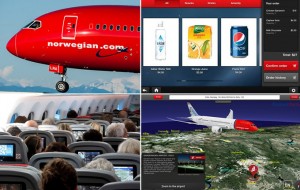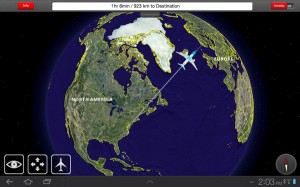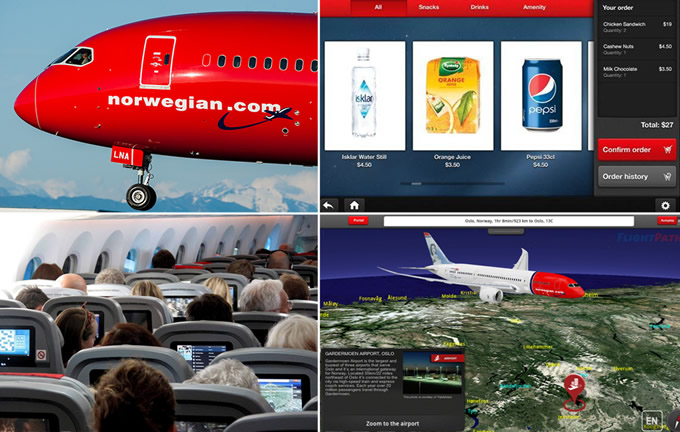 This article is re-published with kind permission of “www.airlinetrends.com”.
This article is re-published with kind permission of “www.airlinetrends.com”.
Similar to Finnair’s ‘Via Helsinki’ hub strategy, Norwegian – Europe’s third largest low-cost carrier – aims to take advantage of the Nordic region’s favourable geographic location as the shortest route between Europe, North America and Asia.
The airline sees an opportunity to capitalize on its extensive short-haul network and the limited number of direct long-haul flights from Oslo and Stockholm.
Norwegian Short-haul network
Voted Europe’s best low-cost carrier in the 2013 SkyTrax World Airline Awards, Norwegian was the first (and still only) airline in Europe to offer high-speed broadband on short-haul flights. The airline’s full fleet of 75 Boeing 737-800 aircraft have WiFi on board, provided by Row44, and unusually for an LCC, the service is free of charge.
Passengers can also rent movies via the wireless inflight portal and have access to a range of content via their smartphones, tablets or laptops.
Long-haul low-cost
At the end of May 2013, Norwegian launched its long-haul low-cost service to New York from Oslo and Stockholm – followed by Oslo to Bangkok in early June and from Stockholm to Bangkok at the end of June – with leased A340 aircraft. Both routes are operated by the airline’s new Boeing 787 Dreamliners since August 30th.
Android-based IFE
Whereas long-haul low-cost carriers such as AirAsia X, Scoot and Air Canada Rouge have opted for wireless IFE systems – and Jetstar rents out iPads to passengers – in order to cut costs, Norwegian has chosen to install an Android-based in-seat IFE system. The reason for this is that Boeing requires its 787s to have an in-seat IFE system (for now).
Norwegian’s 787 Dreamliners, which seat 291 passengers – 32 in Premium Class and 259 in Economy –are the first aircraft to feature Panasonic’s new Android powered in-seat in-flight entertainment system, the result of an 18-month joint development between Norwegian and Panasonic Avionics.
Says Paul Margis, CEO for Panasonic Avionics, “This open platform architecture facilitates faster, easier, application development, integration, and deployment, enabling Norwegian to engage passengers in an even more amazing entertainment experience while creating new revenue streams.”
Passengers on Norwegian’s 787s can use select Android apps that are pre-loaded onto the system, and which allow them to navigate and select movies, music, and Android games, just as they would on their personal device. They can also purchase snacks and drinks directly from the touch screen installed in the seats and have their order delivered to their seat.
 Geotainment
Geotainment
The Android IFE system also features a ‘geotainment’ app from FlightPath3D on the moving map channel. Passengers can follow the flight path as their trip progresses and choose from several interactive 3D views (include a so-called ‘heads up display’) or use free roaming mode to investigate the world they are flying over. Rich media elements include audio, video, text, detailed satellite imagery, integrated street maps and points-of-interest information which is updated regularly.
Says David Dyrnaes from Betria, the company behind FlightPath3D, “The promise of Android (and the general App Store download model) is a major step toward a more connected and technology current airborne market environment.” […] “You should expect the platform vendors to operate more like Apple in their process to vet and approve applications for delivery into their embedded environments.”
Continues Dyrnaes, “We ship one master package to the aircraft that is installed on the aircraft head-end server. From there, a child app component in the package is downloaded to the Android-based in-seat devices (or passenger devices).
This application framework is a skeleton which then in turn downloads from the server the application behavior, supporting geographic and presentation related data to deliver the final client user experience. This allows us to deploy content, product updates and, ultimately, completely different product solutions with simple data package updates without actually deploying new software binaries.”

